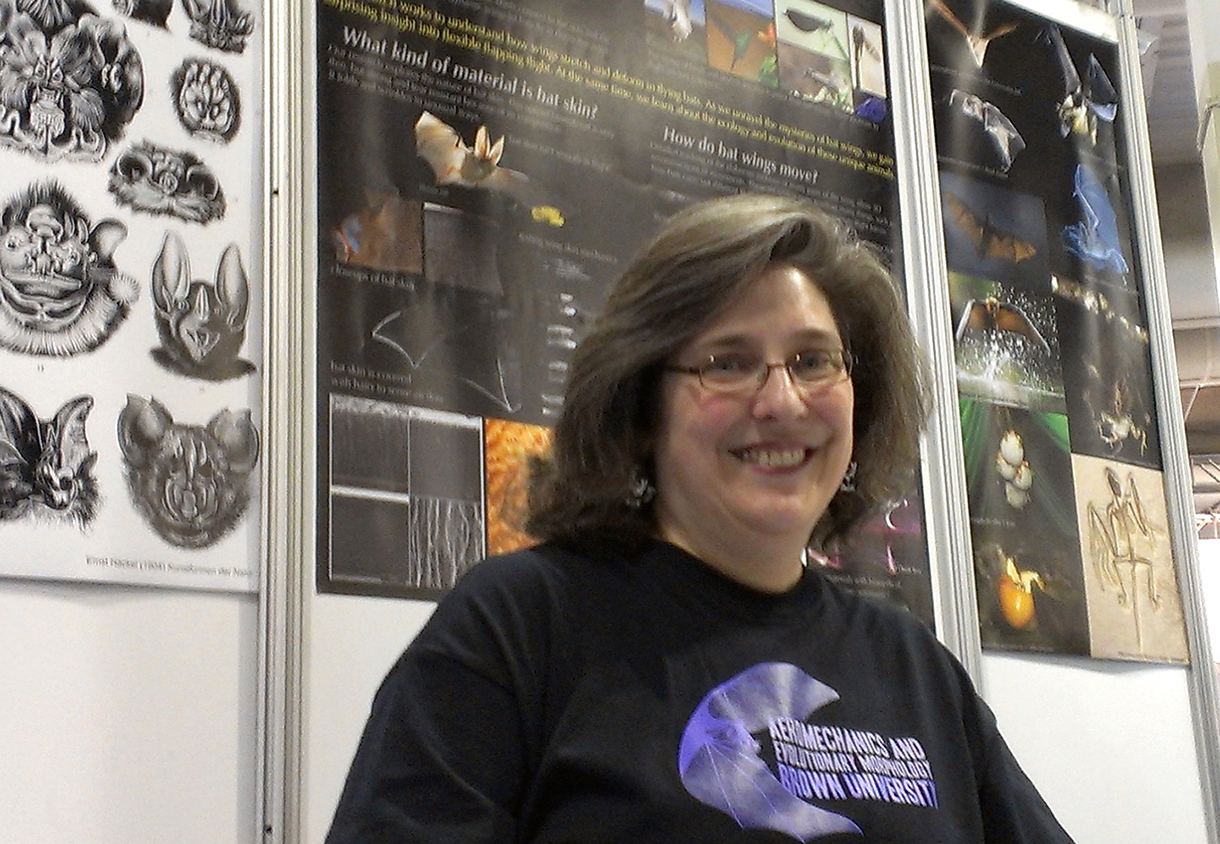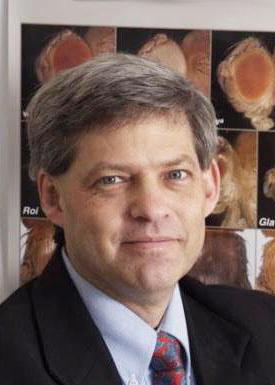
PROVIDENCE, R.I. [Brown University] — Members of the American Association for the Advancement of Science (AAAS), the world’s largest general scientific society, have elected Brown University professors Sharon Swartz and Dr. Stephen Helfand as fellows, an honor they will formally receive at the AAAS annual meeting in Austin, Texas, in February 2018.
Helfand, a professor of biology, earned his honor “for distinguished contributions to the field of molecular and translational aging research, particularly for identifying molecular genetic pathways underlying aging and human disease,” according to AAAS. In 2016, for example, he was the senior author of a study in the Proceedings of the National Academy of Sciences in which his team provided substantial new evidence that health becomes endangered when aging cells lose control of rogue elements of DNA called transposons.

“This is a tremendous honor, and I am so pleased to be elected,” Helfand said. “The AAAS is a wonderful organization that is dedicated ‘to advancing science with the help of, and for the benefit of, all people.’ I am proud and honored to be able to join this fellowship that includes many colleagues here at Brown and collaborators throughout the U.S. and the world.”
Helfand emphasized the team nature of science in reflecting on his election.
“Science is a highly collaborative endeavor, and this honor testifies to the generosity and excellence of the many people I have had the very good fortune to work with throughout the years,” he said. “These include students, postdoctoral fellows and faculty associated with my own laboratory; colleagues, administrators and staff here at Brown; as well as my many outstanding mentors and collaborators at other institutions.”
Swartz, a professor of biology and of engineering, won election “for distinguished contributions to the field of biomechanics, particularly for deeply integrating engineering and biology to study the aeromechanics of flight in bats,” according to AAAS.
In her research, Swartz and collaborators have discovered many of the specialized motions and anatomical features that endow bats with their amazing aerial abilities. In the last few years, she has co-authored several papers describing, for example, how tiny muscles in bat wings control their stiffness and shape, and that bats fold in their wings on the upstroke to save energy.
Swartz said Brown has been a conducive setting for building a team around biology and engineering.
“Brown’s institutional culture of collaboration, particularly across disciplinary boundaries, has been instrumental to our lab’s successes,” she said. “Moving across biological and physical sciences has been easy, and valued, at Brown in a way that isn’t common in the academic world. I couldn’t have created the lab we have today at most institutions.”
Swartz also praised AAAS’s mission of science outreach and promotion.
“I feel very honored to be elected a fellow of AAAS, a unique scientific society, whose role has never been more critical,” she said. “AAAS supports science, scientists and humanity in many ways — increasing public interest and engagement with science, helping scientists communicate more effectively with journalists and the public, promoting responsible use of science in public policy, contributing to the strength and diversity of the STEM workforce, and advancing international scientific cooperation.”